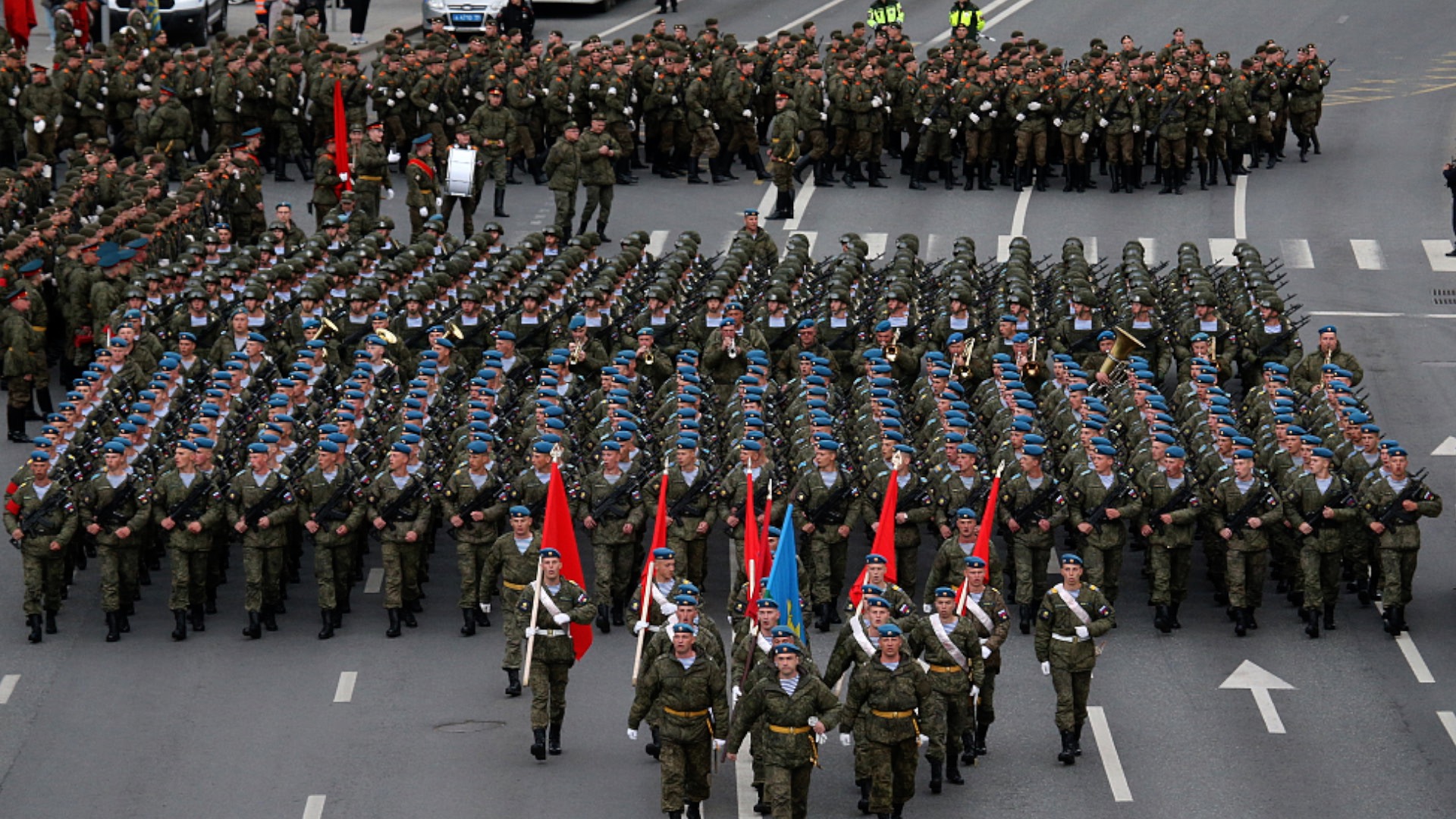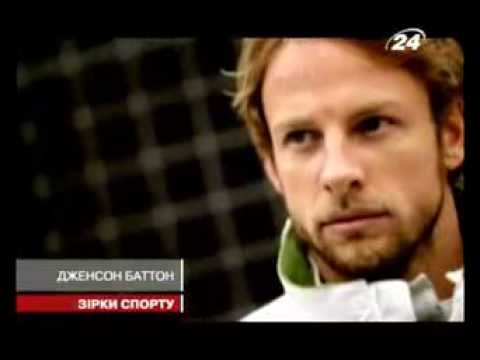Putin's Victory Day Address And Military Parade: Assessing Russia's Capabilities

Table of Contents
The Spectacle and Propaganda: Deconstructing Putin's Victory Day Address
Key Messages and Propaganda Aims:
Putin's Victory Day speech aimed to justify the ongoing war in Ukraine, portray the West as an existential threat, and claim significant military victories. The address was heavy with nationalist rhetoric and historical revisionism.
- Claim: The "special military operation" in Ukraine is a necessary response to NATO expansion and Western aggression. Accuracy: This claim ignores Ukraine's sovereignty and the internationally recognized borders.
- Claim: Russia is fighting to "denazify" Ukraine. Accuracy: This claim is widely refuted, with Ukraine holding democratically elected leaders.
- Claim: Russia's military is achieving its objectives in Ukraine. Accuracy: This contradicts numerous reports of significant Russian losses and stalled advances.
The intended audience included both the Russian populace and a global audience, aiming to bolster domestic support and project an image of strength and resolve. The propaganda objective was to maintain public support for the war and discourage Western intervention.
The Symbolic Importance of the Parade:
The Victory Day parade itself is a potent symbol of Russian national identity and military power. It leverages the historical legacy of the Soviet victory in World War II to create a sense of national pride and unity.
- Historical Context: Victory Day commemorates the Soviet Union's victory over Nazi Germany, a pivotal moment in Russian history.
- Visual Elements: The parade featured a massive display of military hardware, showcasing Russia’s weaponry and manpower. The tightly choreographed movements and uniformed soldiers projected an image of discipline and might. The use of patriotic music and imagery further reinforced the message.
Military Hardware on Display: Assessing Russia's Technological Capabilities
Analysis of Showcased Weapons Systems:
The parade displayed a range of weaponry, including:
- T-14 Armata tanks: These advanced tanks represent Russia's attempt at modernizing its armored forces, but their actual combat effectiveness remains questionable.
- Sarmat intercontinental ballistic missiles (ICBMs): These nuclear-capable missiles underscore Russia's nuclear deterrent capabilities, though their reliability is subject to ongoing debate.
- Su-57 stealth fighter jets: A relatively new addition to Russia's air force, the number of operational Su-57s is far lower than initially planned.
While impressive visually, the actual technological advancements and combat readiness of these systems remain debatable, given the performance observed in the Ukrainian conflict. Many systems appear to suffer from technological limitations and logistical challenges.
Evaluation of Russia's Military Industrial Complex:
The war in Ukraine has exposed significant weaknesses in Russia's military industrial complex. Western sanctions, coupled with internal inefficiencies, have hampered production and supply chains.
- Production Shortfalls: Reports indicate shortages of ammunition, spare parts, and advanced weaponry, suggesting difficulties meeting the demands of a prolonged conflict.
- Logistical Challenges: Russia has faced substantial logistical issues in transporting and supplying its forces in Ukraine, hindering operational effectiveness.
- Impact of Sanctions: International sanctions have severely restricted access to crucial components and technologies, further impairing Russia's capacity to produce and maintain advanced weaponry.
Russia's Military Doctrine and Strategic Capabilities: A Comprehensive Overview
Observed Tactical and Strategic Shortcomings:
The war in Ukraine has revealed numerous tactical and strategic shortcomings in Russia's military planning and execution.
- Tactical Failures: Poor coordination between different military branches, inadequate intelligence gathering, and insufficient logistical support have been evident.
- Strategic Miscalculations: Underestimation of Ukrainian resistance, flawed assumptions about the speed and ease of conquest, and a failure to adapt to changing battlefield conditions have all contributed to Russia's difficulties.
- Effectiveness of Military Branches: While Russia's nuclear arsenal remains a powerful deterrent, the performance of its army, navy, and air force in Ukraine has fallen short of expectations, exposing weaknesses in training, equipment, and operational effectiveness.
Future Projections and Long-Term Capabilities:
The ongoing conflict significantly impacts Russia's long-term military capabilities. While Russia possesses considerable military potential, its current challenges raise questions about its ability to sustain a prolonged high-intensity conflict and modernize its armed forces effectively.
- Technological Advancements: Future modernization efforts will likely focus on addressing identified weaknesses and improving technological capabilities, but these efforts are significantly hampered by sanctions and economic constraints.
- Long-Term Impact: The war in Ukraine has already significantly depleted Russia's military resources and caused considerable human losses. The long-term consequences for its military strength remain to be seen.
Conclusion:
Putin's Victory Day address and the accompanying military parade presented a carefully constructed image of Russian military might. However, a thorough analysis reveals significant discrepancies between this projected image and the reality on the ground. The war in Ukraine has exposed critical weaknesses in Russia's military doctrine, technological capabilities, and logistical capacity. While Russia's nuclear arsenal remains a powerful deterrent, its conventional military capabilities have been demonstrably challenged.
Call to Action: Continue to follow ongoing developments and analysis of Russia's military activities to gain a clearer understanding of its evolving capabilities. Stay informed on further assessments of Putin's Victory Day address and military parade to better understand the complexities of Russia's military strength and its implications for global security. Further research into Russia's military capabilities is crucial for informed geopolitical analysis.

Featured Posts
-
 Belal Muhammad Vs Jack Della Maddalena Ufc 315 Prediction And Betting Odds
May 11, 2025
Belal Muhammad Vs Jack Della Maddalena Ufc 315 Prediction And Betting Odds
May 11, 2025 -
 Dzhonson I Tramp Raznye Podkhody K Mirnym Peregovoram
May 11, 2025
Dzhonson I Tramp Raznye Podkhody K Mirnym Peregovoram
May 11, 2025 -
 Prins Andrew In Opspraak Nieuwe Details Over Zijn Betwiste Relaties
May 11, 2025
Prins Andrew In Opspraak Nieuwe Details Over Zijn Betwiste Relaties
May 11, 2025 -
 Dzhessika Simpson Istoriya Vpechatlyayuschego Pokhudeniya
May 11, 2025
Dzhessika Simpson Istoriya Vpechatlyayuschego Pokhudeniya
May 11, 2025 -
 The John Wick Experience Las Vegas Arrival
May 11, 2025
The John Wick Experience Las Vegas Arrival
May 11, 2025
